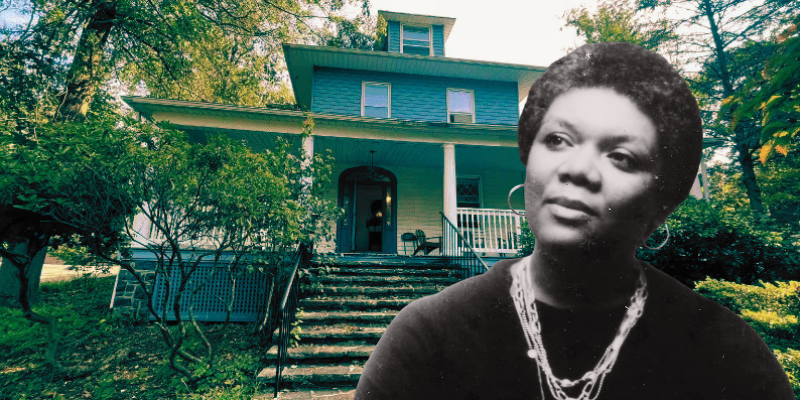July 15, 2025, 12:57pm
In a recent report for The Guardian, the author Nneka M. Okona described the pull of historic literary sites. “I wanted to see more homes of the Black literary forefathers and foremothers, the ones I draw inspiration from in order to write,” she wrote of a visit to Langston Hughes’ childhood house. But the trip proved disappointing.
There was no marker at the site, for one thing. And Okona was surprised to learn the house had recently survived a demolition crew by the skin of its teeth. Looking into the poor upkeep, Okona discovered that many old houses connected to Black literary giants have been battling headwinds lately. And only 2% of the 95,000 entries on the National Register of Historic Places “focus on the lives, experience and culture of African Americans” to begin with.
There are many reasons for this. Convolution and red tape beset the national historic landmark petition process. Upkeep and preservation are expensive. For reasons we may speculate on, a large proportion of Black authors’ homes have passed into private ownership or away from family who might have protected a literary legacy. And with the NPS imperiled under this administration, large renovation projects—like the one in-progress at Carter G. Woodson’s historic home—could take longer than usual to complete.
In the meantime, activists and historians have been working hard to preserve Black literary homes. In 2017, the National Trust for Historic Preservation launched an action fund with the explicit goal of preserving Black heritage sites. And some independent preservationists are getting very creative. An artist collective helmed by Julie Mehretu and Ellen Gallagher recently pooled together to buy Nina Simone’s childhood house.
But say you want to use some summer vacation time to make that literary pilgrimage now. Here are a few historic homes to visit and support.
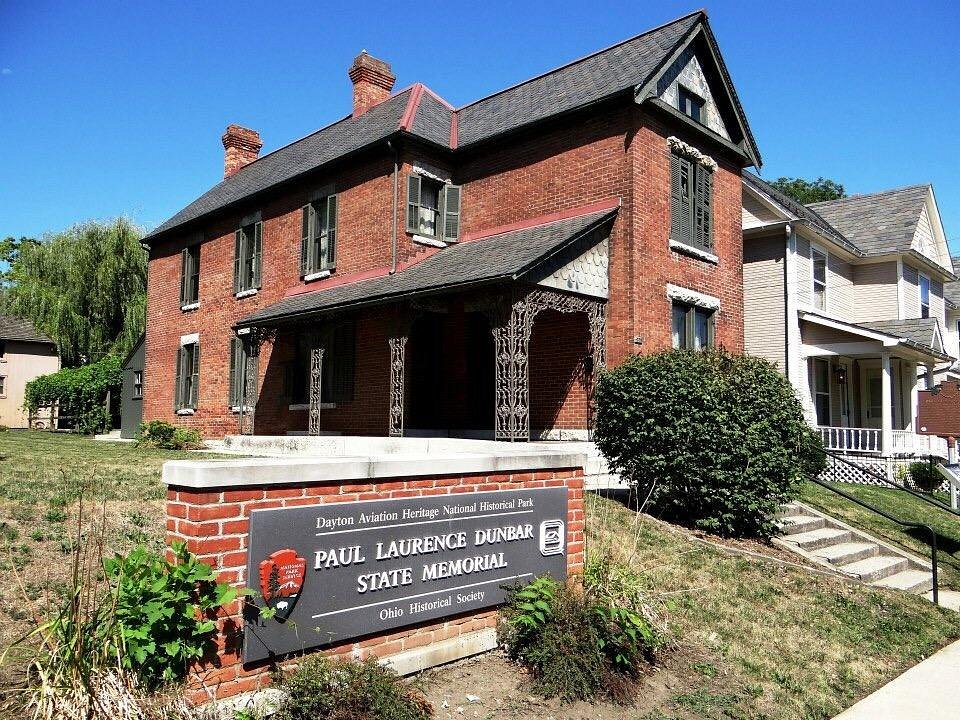
Paul Laurence Dunbar‘s house has received guests for decades. The first National Historic Landmark in the United States to be established in honor of an African American, the Dunbar House sits in the Dayton Aviation Heritage National Historical Park, where it’s still “owned and managed by the state, and jointly operated by National Park Service staff and Dayton History.”
Inside the two-story brick dwelling, visitors can find exhibits commemorating the work of this author/poet/lyricist. The place is open to the public most days of the week.
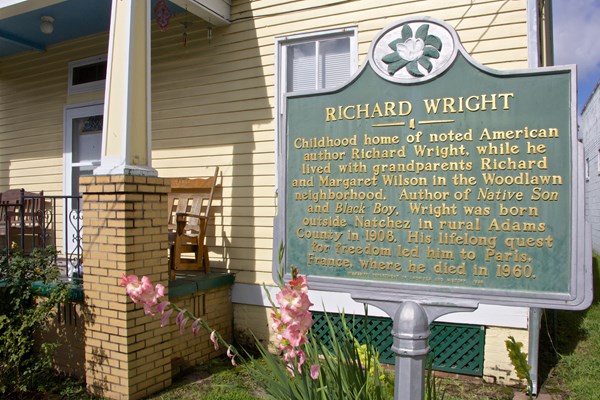
Richard Wright’s childhood home in Natchez, Mississippi has a plaque, and is a station on the Southern Literary Trail. Though unfortunately visitors can’t go inside.
The author’s grown-up dwelling is similarly protected at a distance. You can visit the Richard Wright House in Chicago to see where the author of Native Son spent his later years. That site received landmark status in 2010.
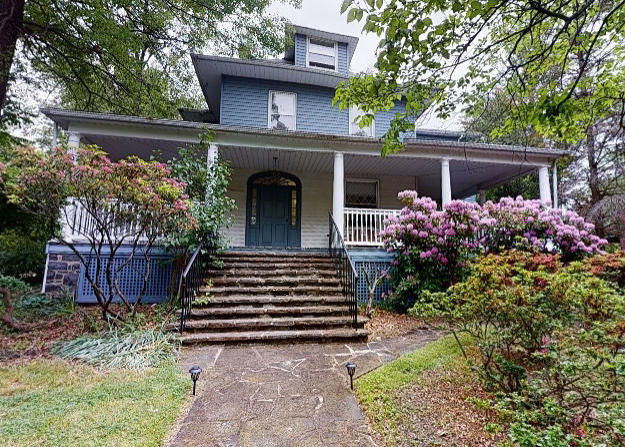
Lucille Clifton’s home stands today in elegant tribute to the late poet. The Clifton House in Baltimore aspires to uphold the Cliftons’ legacies of poetry, art, and activism.
Thanks to Clifton’s daughter, the house is now home to craft and business training programs, and serves as a community hub.
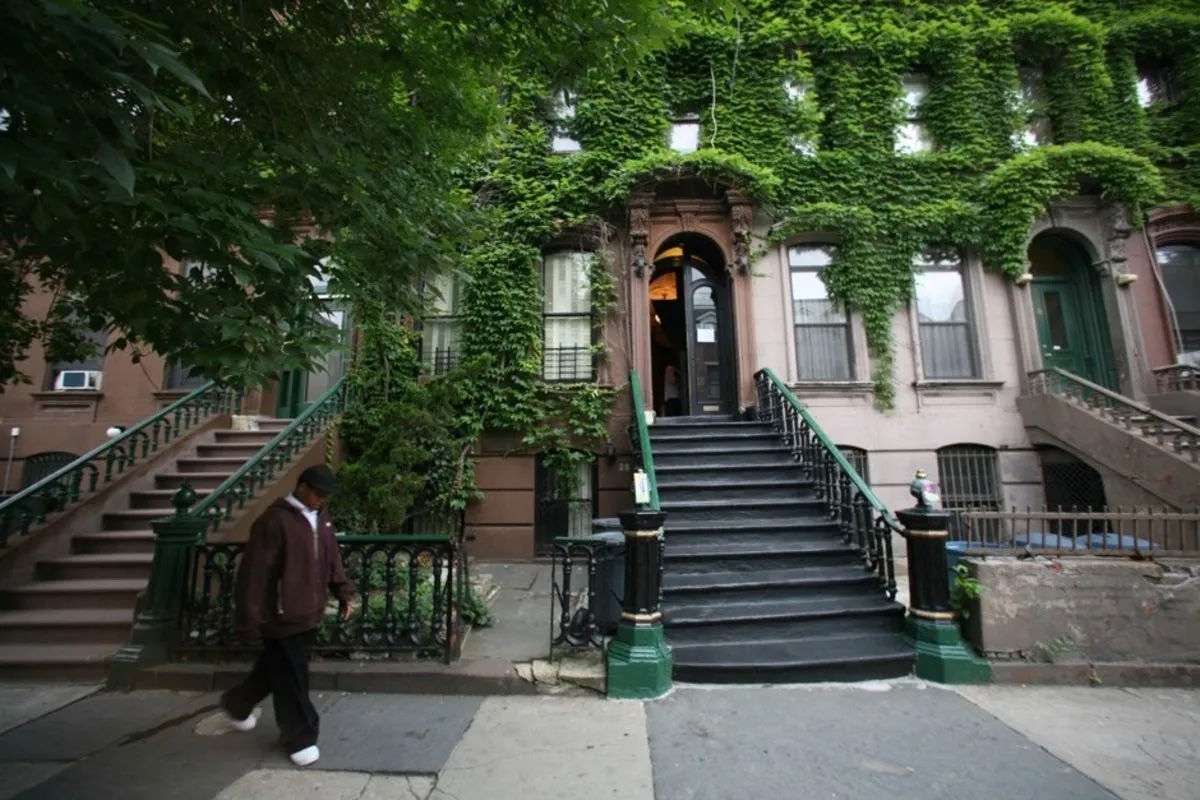
Langston Hughes’ grown-up home, in Harlem, has happily been well-preserved. The house was reopened in 2023 following an extensive renovation, and now serves as a cultural and education center, in addition to a museum.
Visitors can attend a weekly poetry workshop, or a drum class. I’ll be looking into the offerings on East 127th Street for inspiration, Lord willing and the creek don’t rise.
When you’re back from your pilgrimage, you might consider supporting more preservation endeavors. The African American Cultural Heritage Action Fund is raising money now to restore the Pauli Murray House, in Durham, North Carolina.
And plenty of other historic sites could use our help in this wonky moment.
